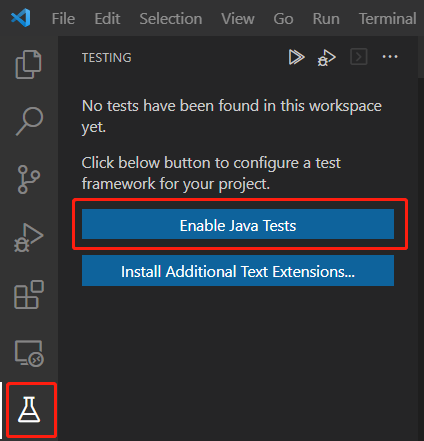

Pruning deep learning models, combining network layers, developing for multiple hardware targets-getting from a trained deep learning model to a ready-to-deploy inference model seems like a lot of work, which it can be if you hand code it. This is an interesting 3-part article on OpenVINO Deep Learning Workbench.


Posted in BASH | Tagged BASH | Leave a comment You can see for most of the user processes, it is written to /localhome/user1. One useful gain from this, is that I can use /proc/$PID/fd to understand where the files are written to. proc/$PID/fd provide a symbolic link to the file that the process $PID has open on the file descriptor NUM.


 0 kommentar(er)
0 kommentar(er)
